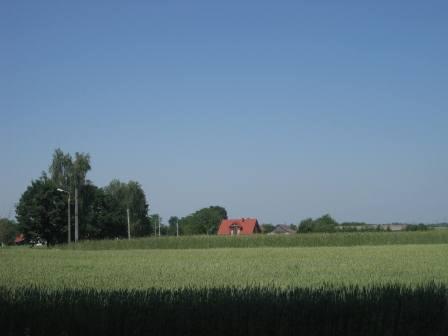
(c) 2012 barefoot photos
Though we don’t exactly know the etymology of the Moraniec name ((pronounced Mor-an-yitz and spelled in the Latin records Moranice), Sue’s Polish language teacher, Beata, has told us that the name means “one from the border,” perhaps implying that the Moraniecs originated from Russia, Czech, or Slovakia? Iwona agreed that it most likely did not originate in Poland. During the latter half of the 18th century, there was a migration northward, over the Carpathian Mountains into southern Poland.
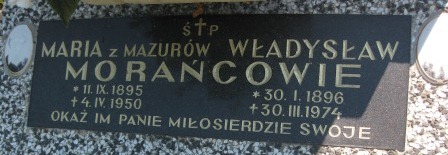
Bobrowa cemetery
(c) 2012 barefoot photos
When we saw the gravestone of Morancowie, Iwona told us that that would be the original spelling of the name. The mystery thickens!

Bobrowa, Debica, Poland
(c) 2012 barefoot photos
“Dom” or home for the Moraniec family, at least for several generations, was house #15 in the village of Bobrowa, which is about 5 miles north of Debica (west of Krakow and south of Warsaw). This is an area of southern Poland (Galicia at the time our ancestors emigrated to the US) that is largely wooded with softly rolling hills and plentiful streams and rivers. It appears very similar to the countryside here in Western New York sans the vineyards that line Lake Erie.
Here is a history of Debica county that begins in the Late Paleolithic times. Check out the links on this page. When a Catholic parish was established in nearby Nagoszyn, that was the church our people belonged to and where they received the sacraments. the church would have been the center of not only their spiritual life, but also of the community’s social life.
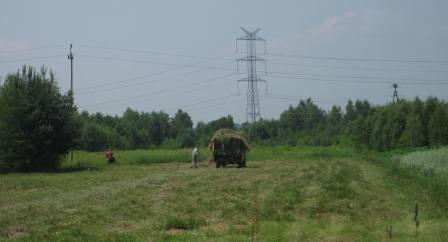
Bobrowa, Debica, Poland
(c) 2012 barefoot photos
The Moraniecs were peasant farmers who did not own the land they tilled. The farms were generally mixed, meaning they grew a variety of vegetables, grains, and fruit. They probably kept stock animals, chickens, pigs, horses, etc. Cousin Jasia has a great description of this life on her blog CREATIVE GENE. Today, horses and physical labor are widely used in farm work, though traditional tractors, etc. are becoming more common. It wasn’t uncommon to see entire Polish families out raking the hay on the Sunday we were traveling.
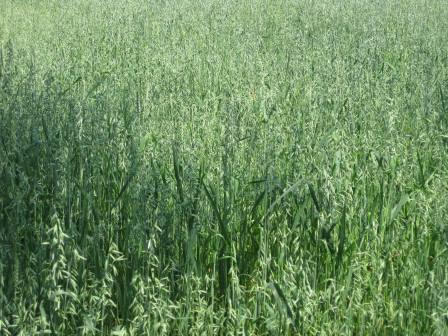
Bobrowa, Debica, Poland
(c) 2012 barefoot photos
In 1773 when Galicia became a part of the Austro-Hungarian empire, it remained an undeveloped countryside. TourmyCountry.com said this: “Economically, Galicia was among the least developed Kronländer in the Habsburg Empire: Only about 11 percent of the land was used for agriculture; more than 50 percent of Galicia′s territory comprised of forests and meadows. Cattle was not kept in stables, which deprived farms of a valuable source of fertilizers the three-field-system to optimize harvests was known, but used insufficiently; the use of nitrogen-rich plants such as shamrock on fallow fields was not commonly done. This resulted in inefficient farming: The seed-crop ratio was 1:2, meaning that one kilogram of seeds would lead to a harvest of only two kilograms (comparison data to modern agriculture not found). Rye was the main crop with approximately 190 litres per resident. As much of this was used for liquor production or exports, bread was usually made with oat and barley.
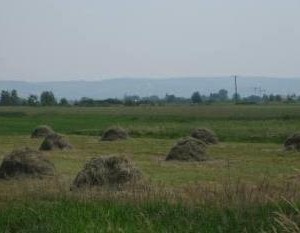
Bobrowa, Debica,Poland
(c) 2012 barefoot photos
Despite of a wide abundance of natural resources, there was no real base for an industrialization in Galicia of the late 18th century: Few salt mines with salt processing facilities (Sambor), glass and iron ore (Drohobych) manufactories, and manufactories for the processing of agricultural goods (such as tobacco) are the only examples for a pre-industrialisation. Schools existed only in cities; illiteracy was the rule rather than an exception.”
There was a bloody insurrection of the angry farmers in 1846, called the PEASANT REVOLT. Debica was the site of a particularly violent fight. Max Moraniec, Big Joe’s father would have been five years old. Perhaps his father, Adelbert (Wojiech) participated. His daughter, Max’ sister, Hedwig was born the same year.
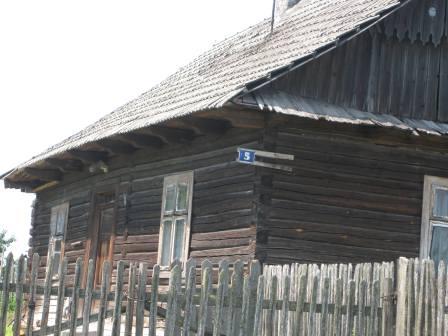
Bobrowa, Debica, Poland
(c) 2012 barefoot photos
We do know that by the time Big Joe and Jozefa left the homeland and headed to Detroit, peasants were living in survival mode, and the New World offered an upleveling of their lives, both socially and economically.
